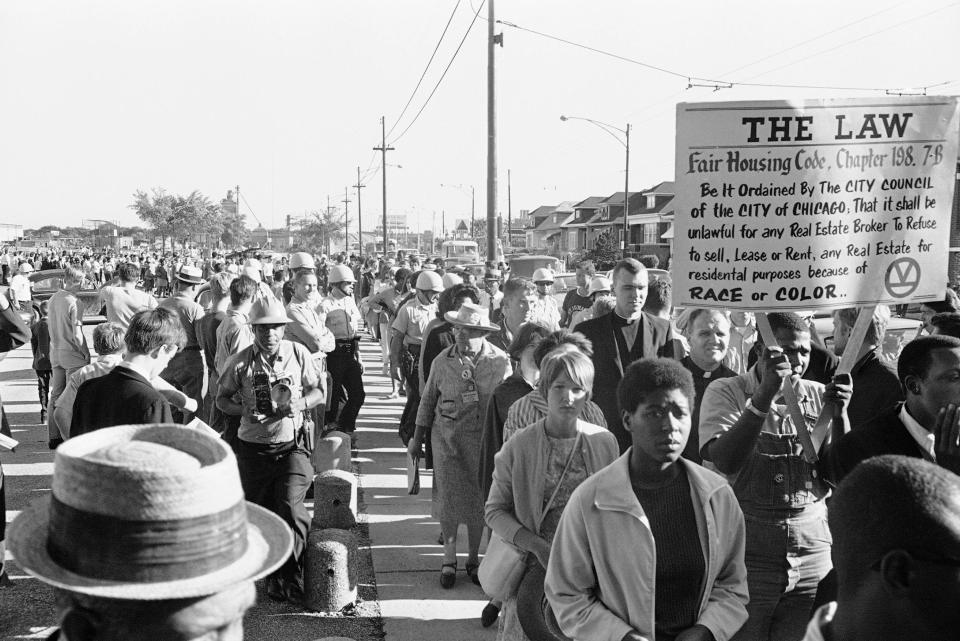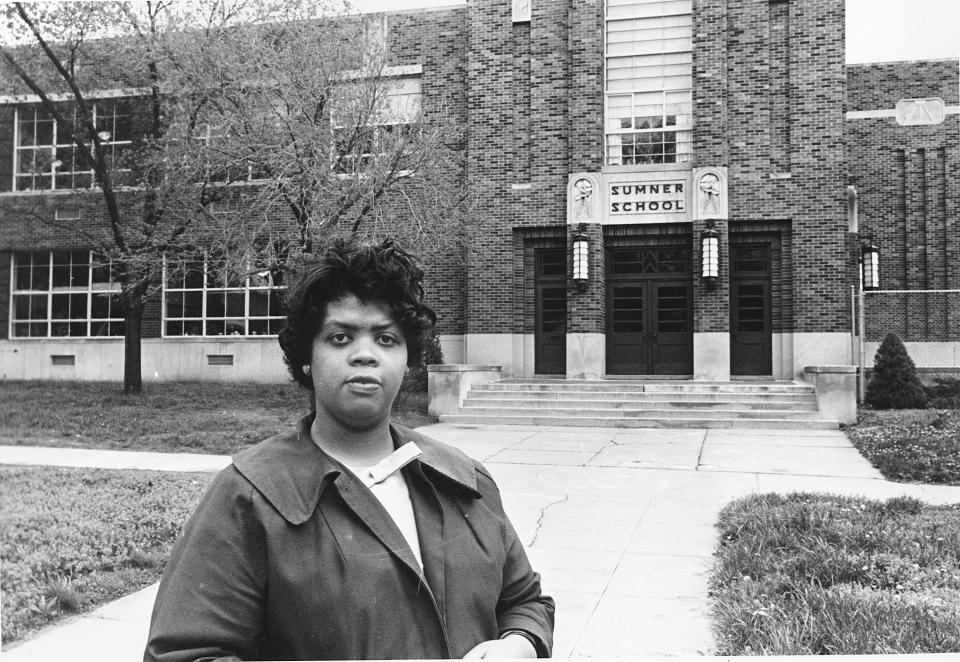Can understanding history prompt better coverage of inequality? A new research project thinks so.
A new research project hopes to transform journalistic coverage of racial inequities by exploring the historical roots of five issues rife with disparity – housing, education, criminal justice, health and economics.
The “Uncovering Inequality” project, conceived as a pairing of social science and journalism, was conceived by Jelani Cobb, dean of the journalism program at Columbia University in New York and coordinated by the university's Ira A. Lipman Center. The project findings, released Monday, were discussed at a symposium held at the school and livestreamed on YouTube.
How did the research come about?
Cobb said the project was inspired by the May 2020 murder of George Floyd by a now-former Minneapolis police officer and the soul searching that followed as Americans questioned the role of systemic inequities in everyday life.
With the ongoing COVID-19 pandemic exhibiting disparate effects on communities of color, Cobb in 2021 recruited researchers to study five areas that, according to the project introduction, would examine “not only the current inequities in American society but their roots and the ways in which these dynamics have been created and recreated over time.”
How can this aid journalism coverage?
The reports, examine the historic roots of each issue, detailing patterns, underlying causes and activist efforts to effect structural changes. Among the researchers' criticisms was what they described as journalism's overreliance on institutional voices and sources.
“What the pandemic revealed, everything we saw, was visible to us before – had we been willing to look,” Cobb said at Monday’s symposium. “We’re supposed to be an element that makes the other elements work, and we do that by assiduously, consistently holding other people to account. It becomes very difficult to do that when we’re accepting the frames of the people who hold power.”
Vesla Weaver, a political science and sociology professor at Johns Hopkins University in Baltimore who co-wrote the project report on criminal justice, said alternate sources such as Mapping Police Violence and the American Prison Writing Archive can help elevate unheard voices.
“What if we release ourselves from this fascination with conventional sources of data?” she said. “Instead, think about unconventional data sources, the people who have been telling this story for a very long time.”

Weaver said journalists too often focus on extreme and singular incidents of brutality at the expense of structural issues or efforts by affected communities to fight or alter the system.
“If we go into the spectacular violence, it leads us into the trap of needing something a little more spectacular,” she said.
What did the project find?
Disparities have long been baked into American systems, the researchers found.
“Inequity is a feature, not a bug, in the system,” said Daniel Cumming, a post-doctoral fellow at Johns Hopkins University who co-wrote the project’s housing report. “But why should we expect equality in a system that was never designed for such?”
Calling housing “the linchpin of modern inequality,” Cumming said the issue interrelates with other inequities, from communities using criminalization of Black Americans as a means to protect property values, to the way education is organized “to promote and protect white segregation in exclusive enclaves.”

Such issues remain very much alive, Cobb said: He noted that one project researcher – Nathan Connolly, a Black professor of history at Johns Hopkins – last year became the subject of a national story after his Maryland home, initially appraised at one value, was appraised for nearly $300,000 dollars more when a white colleague acted as the homeowner. Connolly and his wife are suing for racial discrimination under the Fair Housing Act.
How other disparities are interlinked
Among the key criminal justice findings, Weaver said, was that Black children on average experience being stopped by law enforcement at a much younger age than white children.
“It’s too easy to feel like inequality drops from the sky and there’s just haves and have-nots,” Weaver said. “It’s not just the distance between the haves and have-nots – it’s the way that people are learning about government through their first encounter.”

Juontel White, senior vice president of programs and advocacy for the Schott Foundation for Public Education in Cambridge, Massachusetts, argued that students provide telling illustrations of a wide range of inequities.
“The linkages we see – you experience that on a daily basis in the classroom, where all of these inequalities exist,” said White, who co-wrote the project report on education.
Where students live, for example, dictates their school's funding and access to resources. Underfunded schools struggle to provide adequate heat or cooling, which can affect kids’ health and ability to focus on learning.
“The schoolhouse is a microcosm of all these pieces,” she said.
Dig deeper:
Redlining: Bank to pay $31M for alleged lending discrimination in DOJ's largest-ever redlining settlement
The rate of women dying in childbirth surged by 40%: These deaths are preventable.
Hundreds of communities declared racism a public health crisis: What's happened since?
This article originally appeared on USA TODAY: Inequality: By mining historic roots, project aims to aid journalists

 Yahoo Movies
Yahoo Movies 
